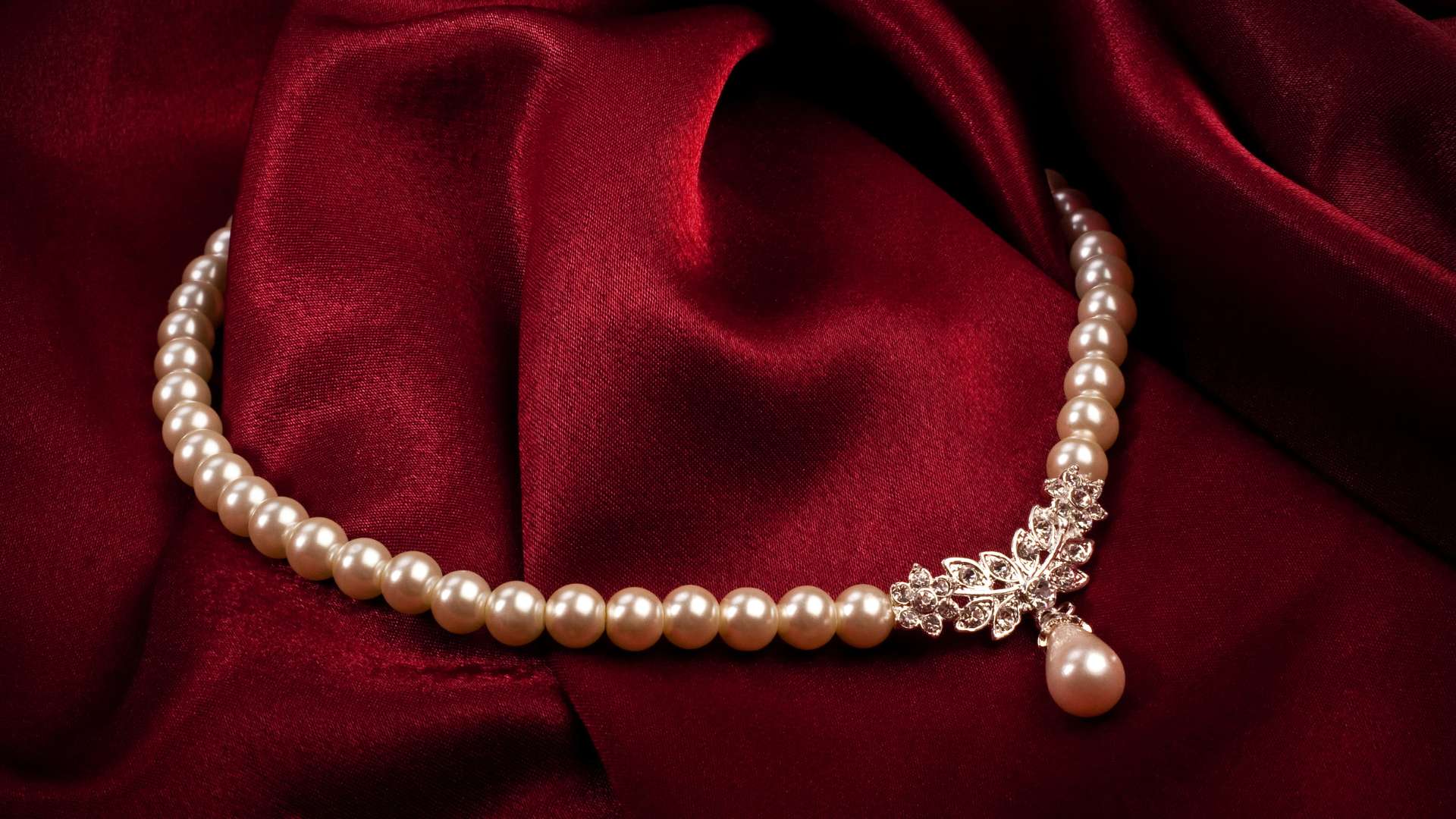Corporate headshots are often the first impression people get of a professional, whether on LinkedIn, company websites, or business cards. A high-quality headshot can convey professionalism, competence, and approachability, making it crucial to get the details right. But not all corporate headshots start off perfect. Editing plays a vital role in transforming an ordinary shot into an outstanding one. With just a few adjustments, you can elevate a simple portrait into a polished, professional image.
In this guide, we’ll explore essential techniques to take your corporate headshots from ordinary to outstanding in just a few minutes using key editing tools and strategies.
Start with the Basics: Exposure and White Balance
The first step in editing any headshot is to correct the overall exposure and color balance.
- Exposure Adjustments: In both Adobe Photoshop and Lightroom, you can adjust exposure to ensure the photo is not too dark or too light. A well-exposed photo highlights the subject’s face and brings out important details.
- White Balance: Corporate headshots should have a natural and neutral color tone. Check the white balance to ensure the skin tones look natural. A too-warm or too-cool tone can detract from the professional quality of the photo. Tools like the eyedropper in Lightroom make it easy to select a neutral color and adjust the overall tone.
Correcting these two basic elements immediately enhances the image and provides a great foundation for further edits.
Skin Smoothing: Subtle and Natural
Skin retouching is a delicate process when it comes to corporate headshots. The goal is to smooth the skin without making it look unnatural.
- Spot Healing Brush (Photoshop): Remove any blemishes, small imperfections, or stray hairs using the Spot Healing Brush tool. It works quickly and blends the surrounding skin seamlessly.
- Clarity and Texture Adjustments (Lightroom): Lightroom allows for more subtle adjustments with its Clarity and Texture sliders. Reducing clarity can soften skin imperfections, while lowering the texture can smooth out fine lines.
- Frequency Separation (Photoshop): For more advanced edits, frequency separation can help separate skin texture from color, allowing you to smooth the skin without losing its natural look.
For corporate headshots, it’s essential to avoid over-smoothing the skin. You want to retain authenticity while ensuring the subject looks polished.
Sharpening Key Features: Eyes, Hair, and Clothes
Once the skin is retouched, focus on enhancing the sharpness of key features to give the image a polished, professional look.
- Eyes: The eyes are often the focal point of a headshot. Sharpen the eyes to make them pop. You can use the Sharpen Tool (Photoshop) or the Adjustment Brush (Lightroom) to selectively increase sharpness in this area.
- Hair: While editing the eyes, don’t forget to sharpen and tidy up the hair. Stray hairs can be removed using the Clone Stamp or Spot Healing Brush. Enhance the sharpness of the hair to keep it looking crisp and professional.
- Clothing Details: Corporate attire often plays a role in a professional headshot. Sharpen the edges of clothing to ensure it looks crisp, clean, and well-pressed.
Sharpening these key areas not only improves the image’s overall quality but also gives the photo a more defined, finished look.
Teeth Whitening: Quick Fix for a Polished Smile
A clean, bright smile adds to the approachability and professionalism of a headshot. However, overly white teeth can look fake, so subtlety is key.
- Adjustment Brush (Lightroom): Lower the saturation slightly and increase the exposure to whiten teeth while keeping the effect natural. Use a small brush size to paint over the teeth with precision.
- Dodge Tool (Photoshop): In Photoshop, the Dodge Tool is an excellent choice for brightening teeth. Make sure the opacity is set low to avoid an overdone look.
This quick edit can have a significant impact, making the subject look more polished and confident.
Background Cleanup: Keep the Focus on the Subject
In corporate headshots, the background should never compete with the subject. Whether it’s a plain backdrop or a busy office setting, cleaning up distractions is essential.
- Content-Aware Fill (Photoshop): Use this tool to remove unwanted objects or distractions from the background without affecting the subject.
- Selective Blur (Photoshop or Lightroom): Applying a slight blur to the background helps draw focus to the subject. The Lens Blur or Gaussian Blur filter in Photoshop can subtly soften the background while keeping the subject in sharp focus.
- Spot Removal Tool (Lightroom): If you’re using Lightroom, this tool is effective for removing small distractions or blemishes in the background.
A clean, distraction-free background ensures that the focus remains entirely on the subject’s face, which is key in corporate headshots.
Adjusting Colors for a Professional Tone
Color grading is the final touch to ensure your headshot has a professional and cohesive tone.
- Vibrance and Saturation: Increasing the vibrance slightly can enhance the colors in the image without making them look oversaturated. For corporate headshots, a subtle increase in saturation can make the subject stand out while maintaining a professional appearance.
- HSL (Hue, Saturation, Luminance) Adjustments: In Lightroom, you can use the HSL panel to tweak specific color tones. For instance, you can adjust the skin tones to ensure they look healthy and natural without being too warm or too cool.
These small adjustments ensure that the final image has a polished, cohesive color tone that enhances the professional look.
Final Touch: Adding a Vignette for Emphasis
A subtle vignette can help emphasize the subject’s face and create a more focused image.
- Post-Crop Vignette (Lightroom): Lightroom offers an easy-to-use vignette tool that darkens the edges of the image, drawing attention to the center. Keep the effect light — you want it to be almost unnoticeable.
- Radial Filter (Photoshop): Photoshop’s Radial Filter allows you to apply a vignette effect more precisely. You can brighten or darken specific areas around the subject while keeping the overall focus on their face.
This final touch helps bring the viewer’s attention directly to the subject, enhancing the impact of the corporate headshot.
Save for Web: Optimizing for Online Platforms
Once all the edits are complete, the final step is to save the image in a format suitable for online platforms like LinkedIn, company websites, or email signatures.
- Export Settings (Lightroom): When exporting from Lightroom, use settings that maintain high image quality without bloating the file size. JPEG is the preferred format for web use, with quality set to around 80%.
- Save for Web (Photoshop): In Photoshop, you can use the “Save for Web” feature to optimize your image. Ensure the file size is not too large (typically under 1 MB) so that it loads quickly on websites and social media.
Ensuring that the final image is web-optimized guarantees that it will look sharp and professional across all online platforms.
Conclusion
Editing corporate headshots may seem like a complicated task, but with the right tools and techniques, it’s possible to transform an ordinary headshot into an outstanding one in just a few minutes. From basic exposure and skin retouching to more advanced techniques like frequency separation and background cleanup, these tips will help you enhance your headshots while maintaining a natural, professional look. Remember, subtlety is the key to making sure the final image looks polished and authentic, without over-editing.
FAQs
What is the most important aspect of editing corporate headshots?
The most important aspect is maintaining a natural and professional look. Focus on enhancing the subject’s features without over-editing, especially with skin retouching and sharpening.
How can I make the background of a headshot less distracting?
Use tools like the Content-Aware Fill in Photoshop or the Spot Removal Tool in Lightroom to remove distracting elements. You can also apply a slight blur to the background to ensure the focus remains on the subject.
Should I always sharpen the eyes in corporate headshots?
Yes, sharpening the eyes is crucial as they are the focal point of the image. Enhancing the eyes ensures the viewer’s attention is drawn to the subject’s face.
How do I whiten teeth without making them look unnatural?
Use subtle adjustments in Lightroom or Photoshop. Reduce saturation and slightly increase exposure to brighten teeth without going too far. The key is to maintain a natural look.
What file format is best for saving corporate headshots for online use?
JPEG is the preferred format for online use, as it maintains high quality while keeping the file size manageable.
Experience Perfection: Claim Your Free Trial Today!
Get a firsthand look at our exceptional services with a no-obligation free trial—start transforming your visuals today!



















